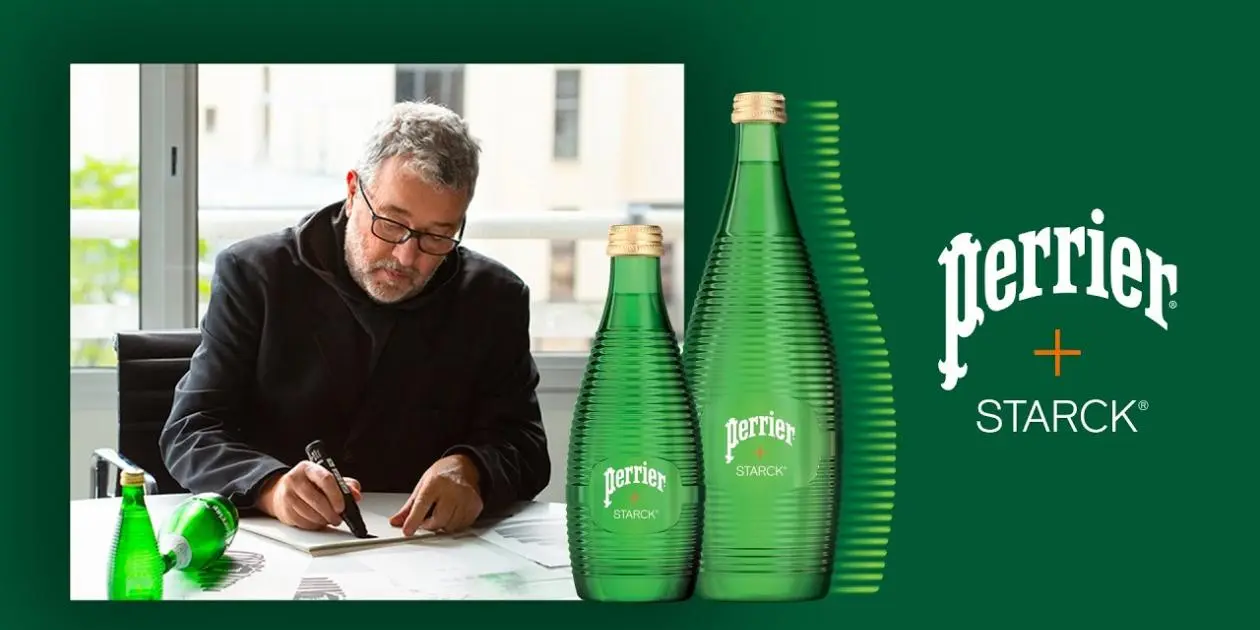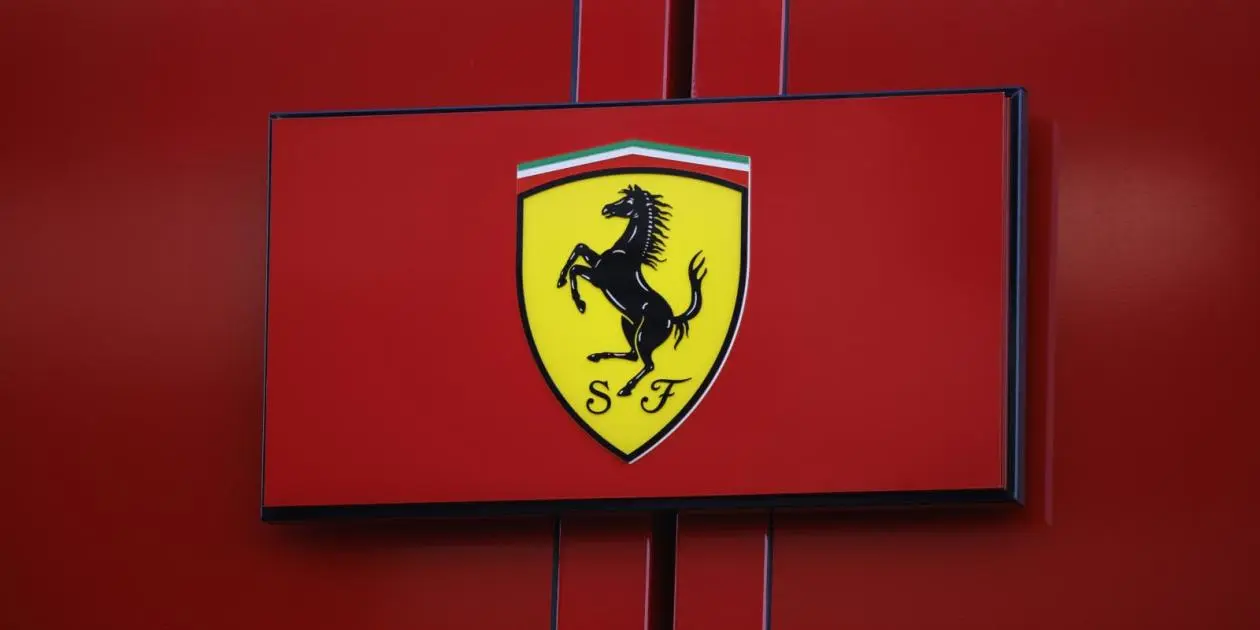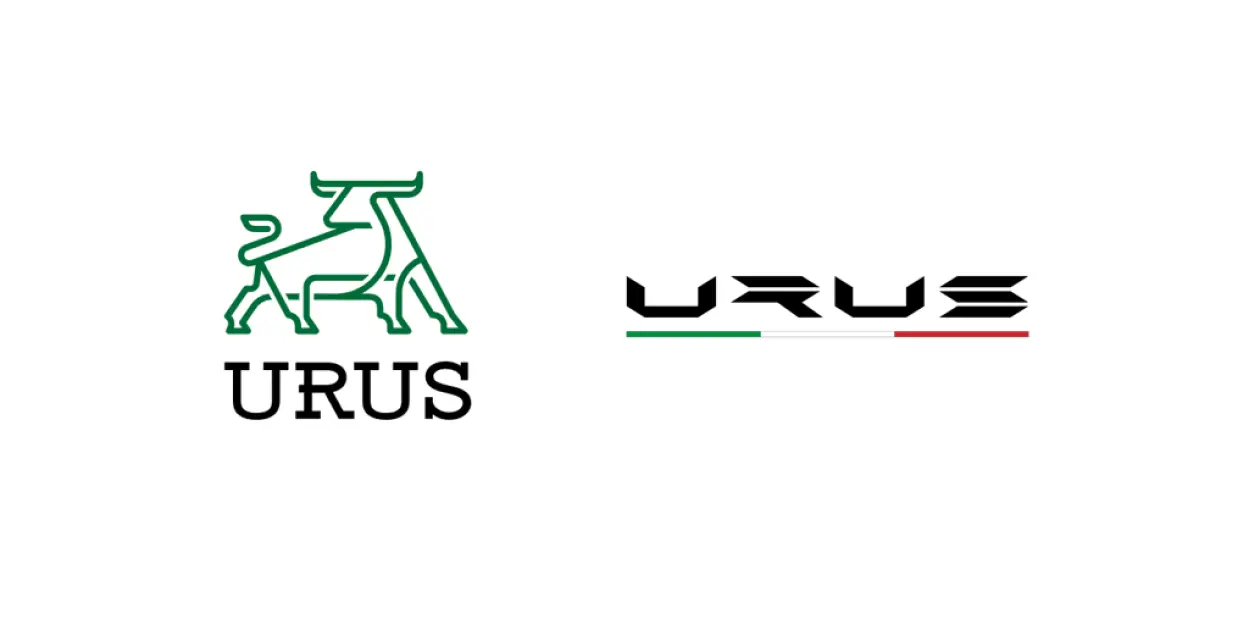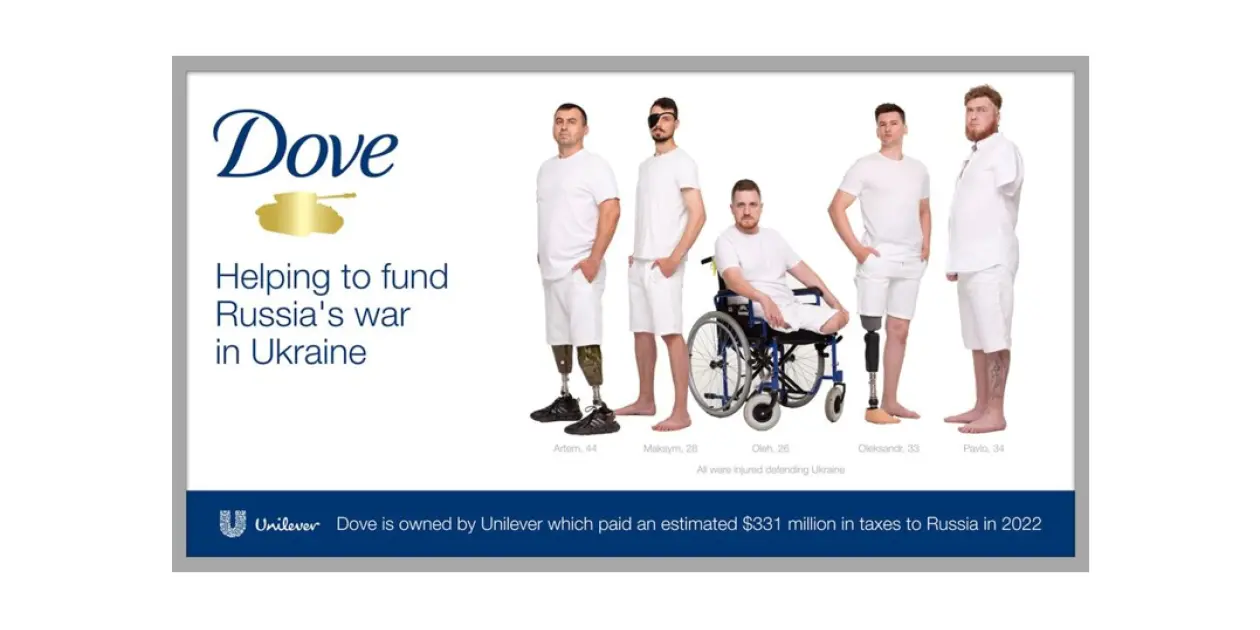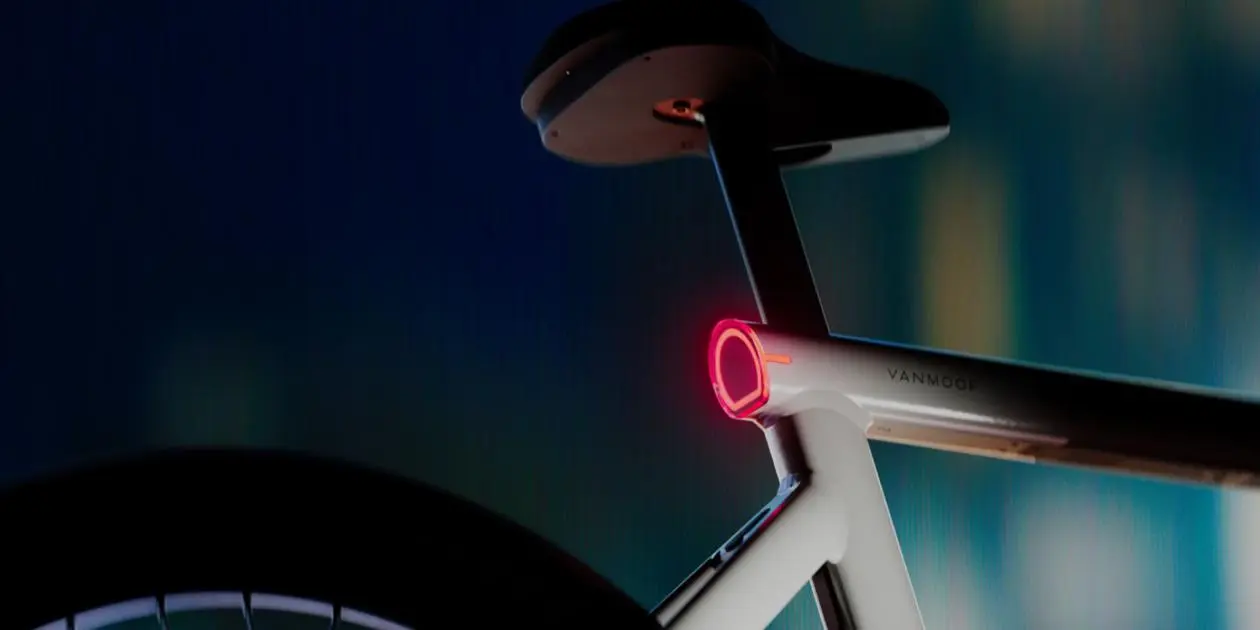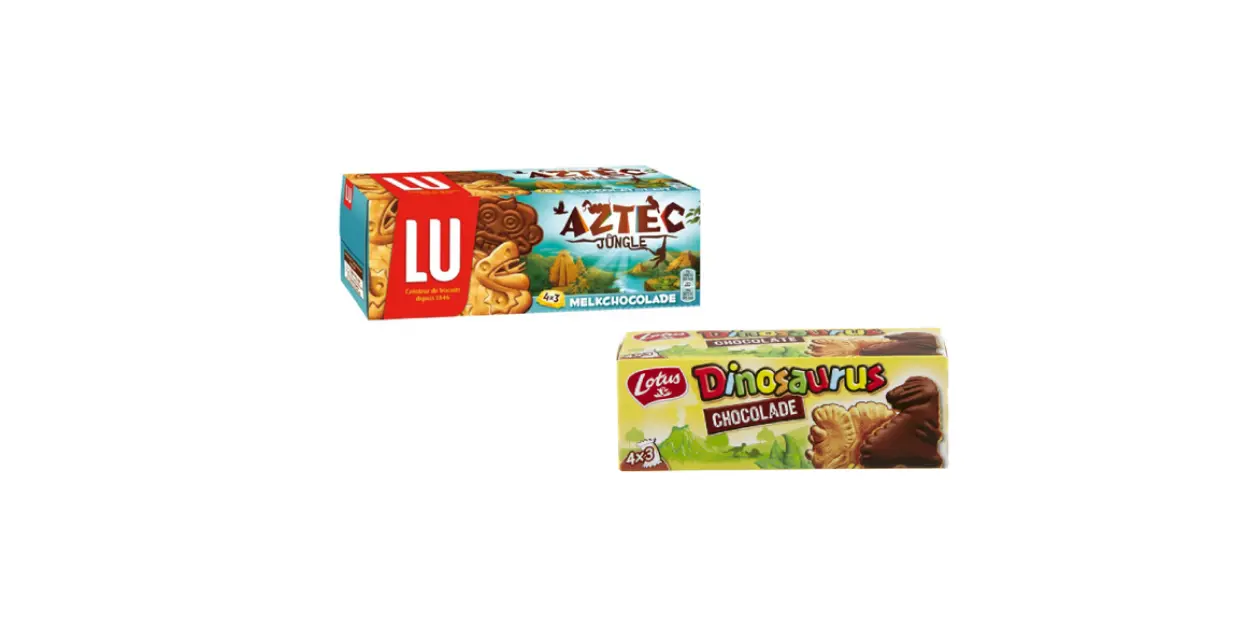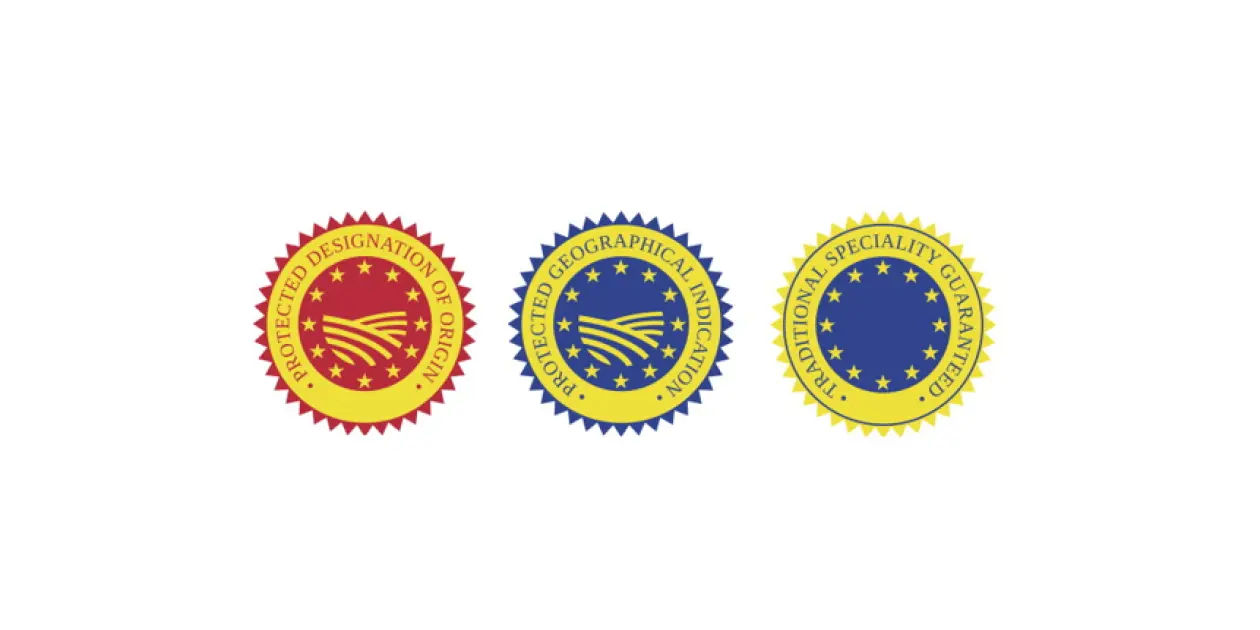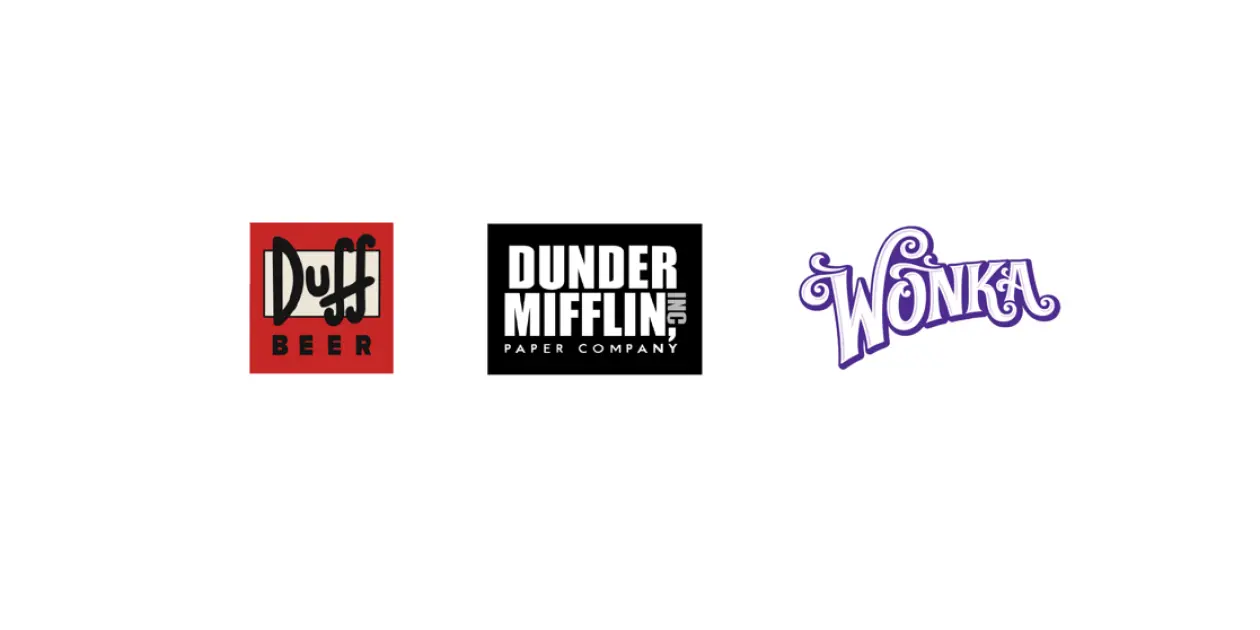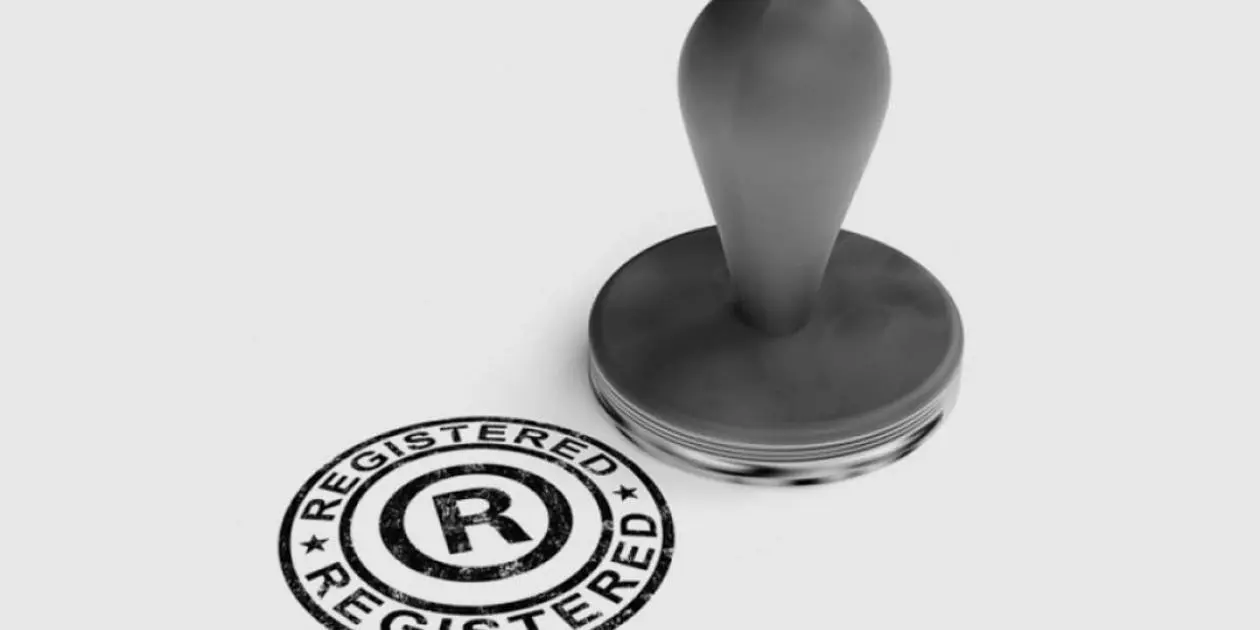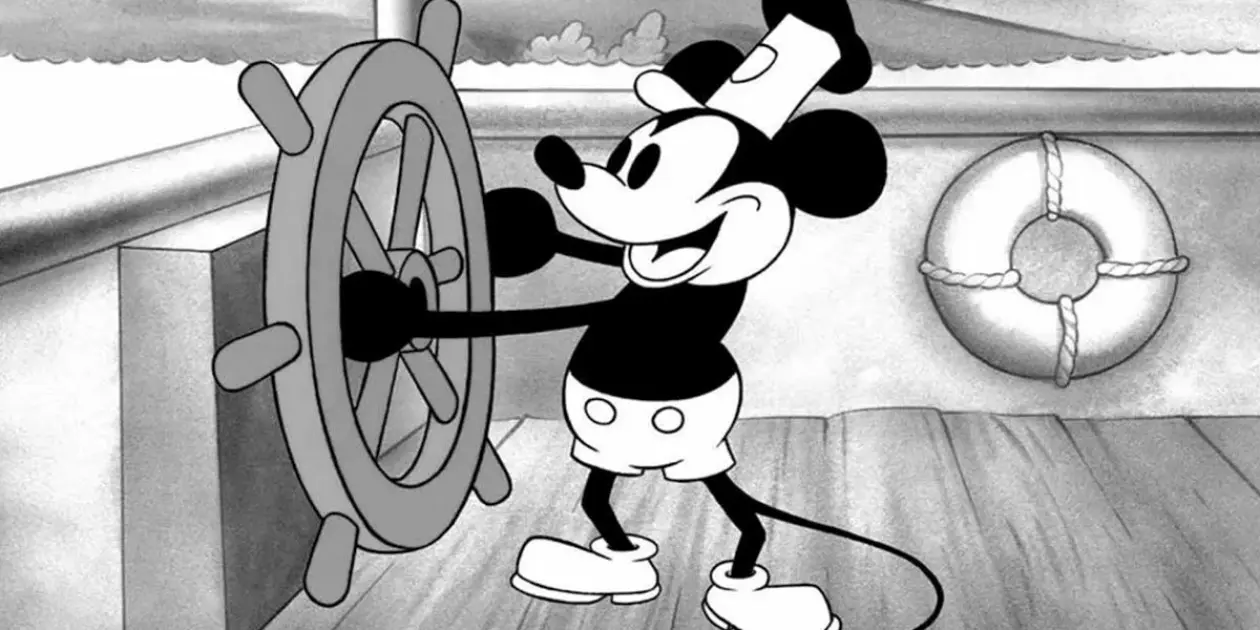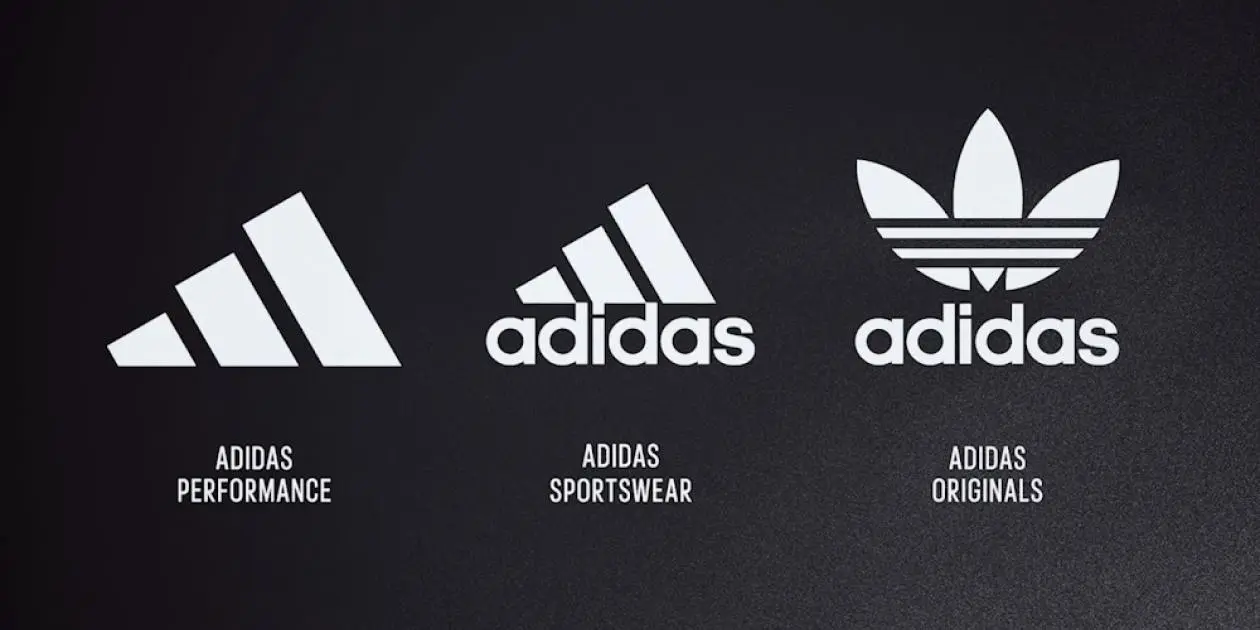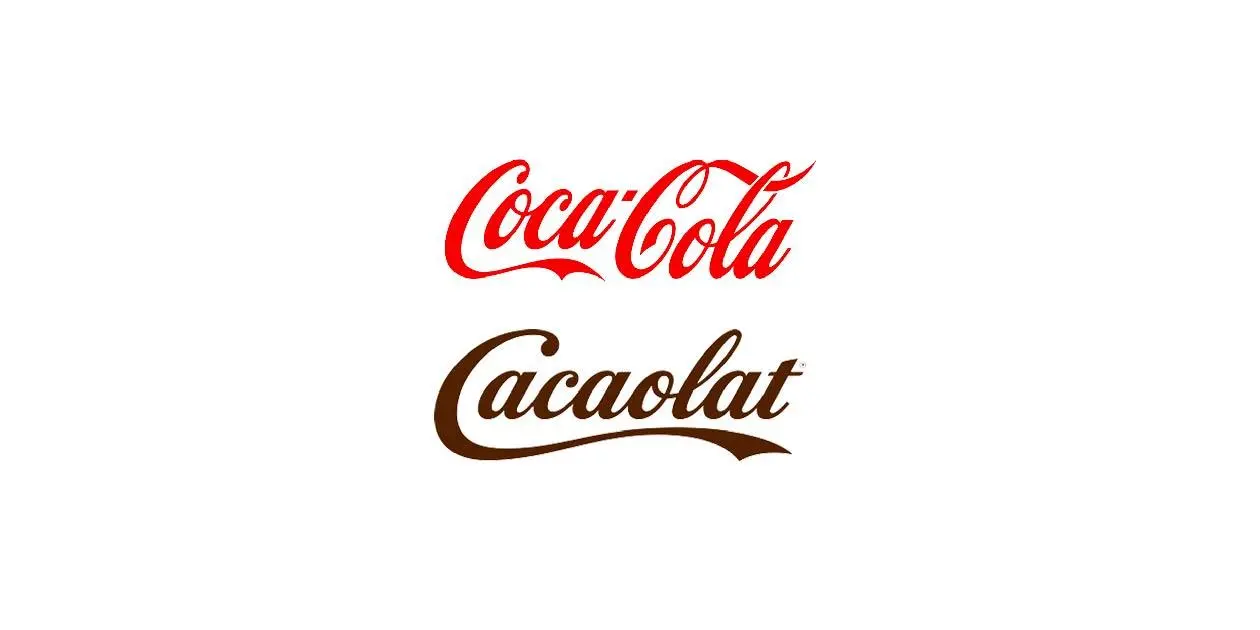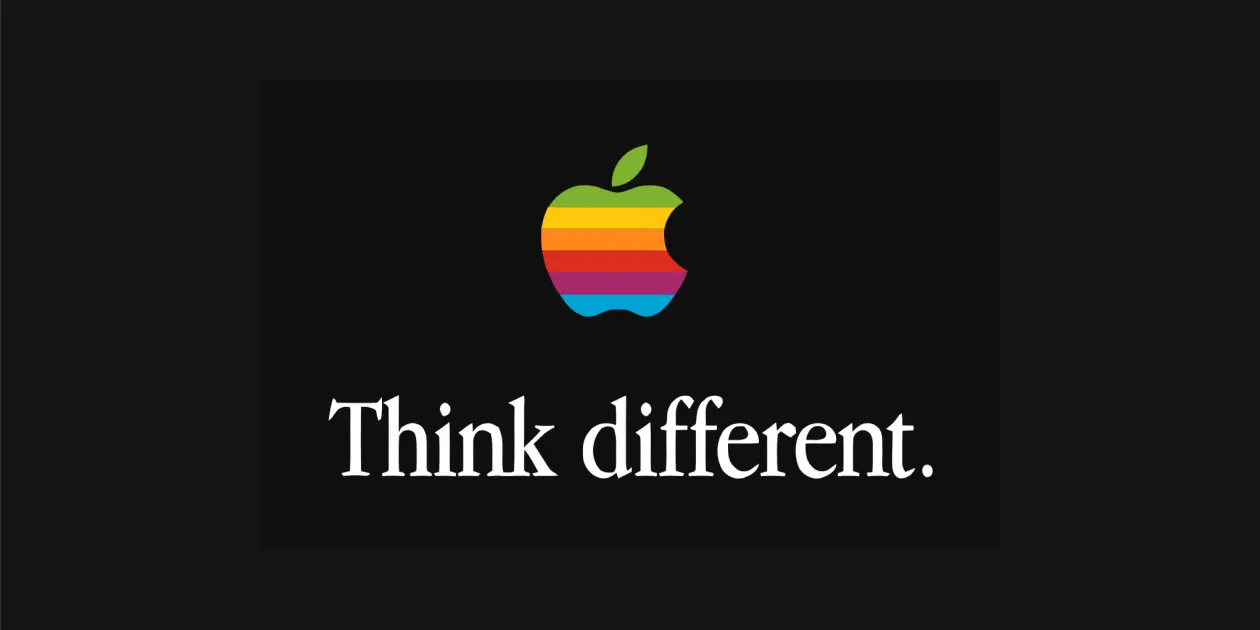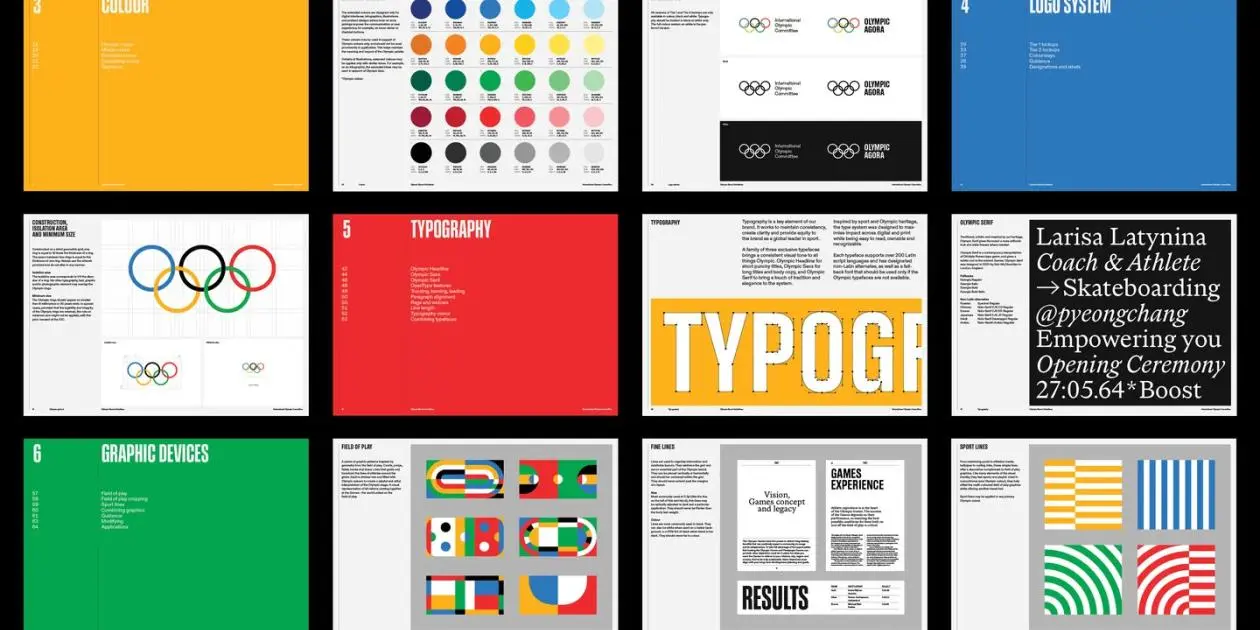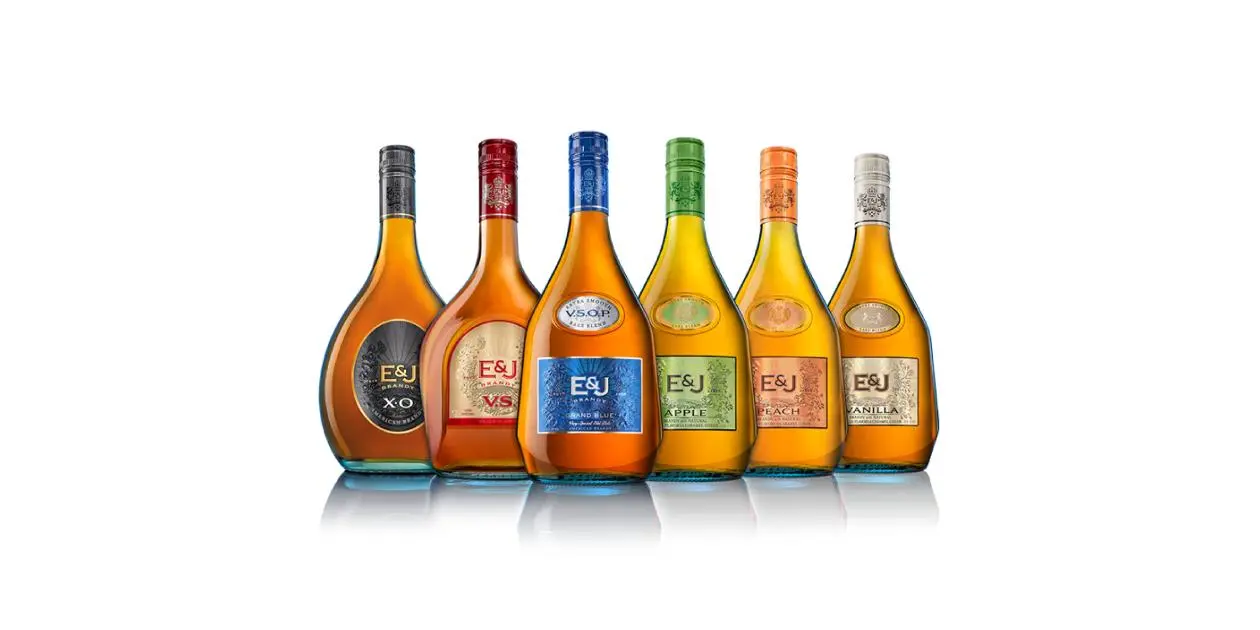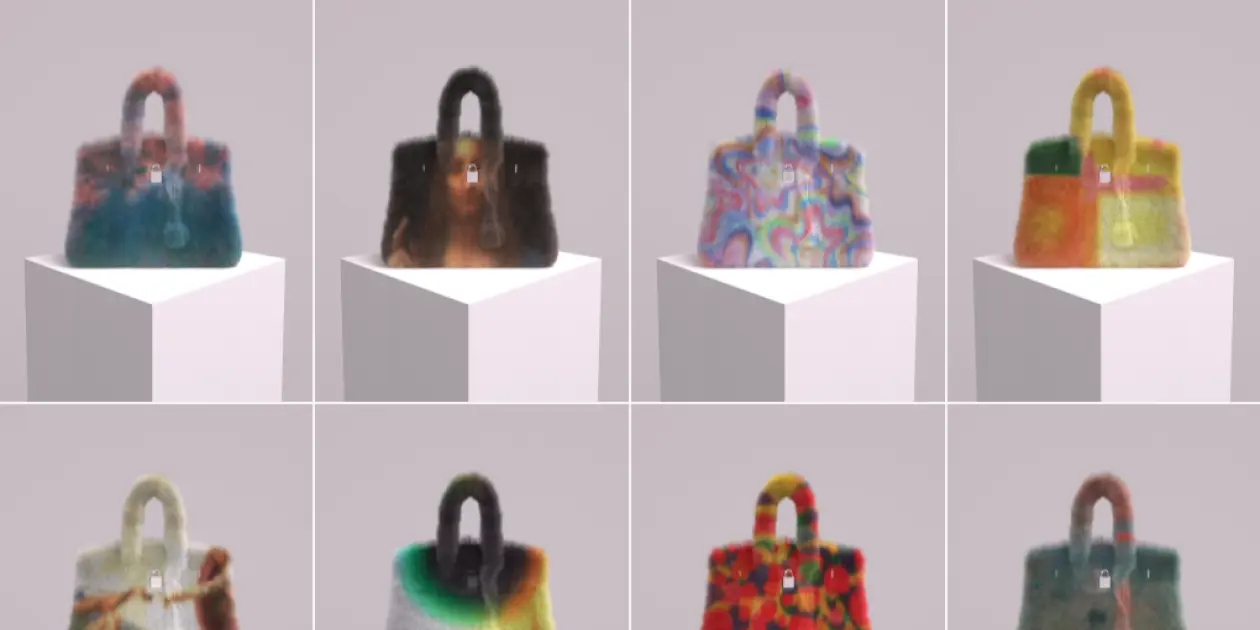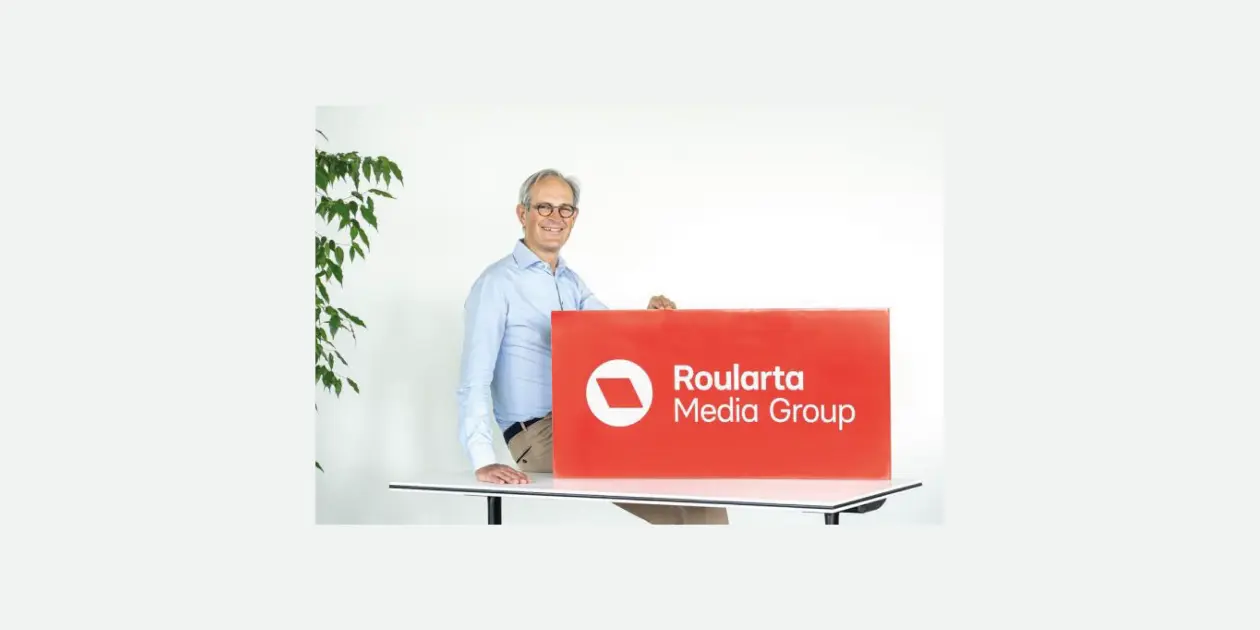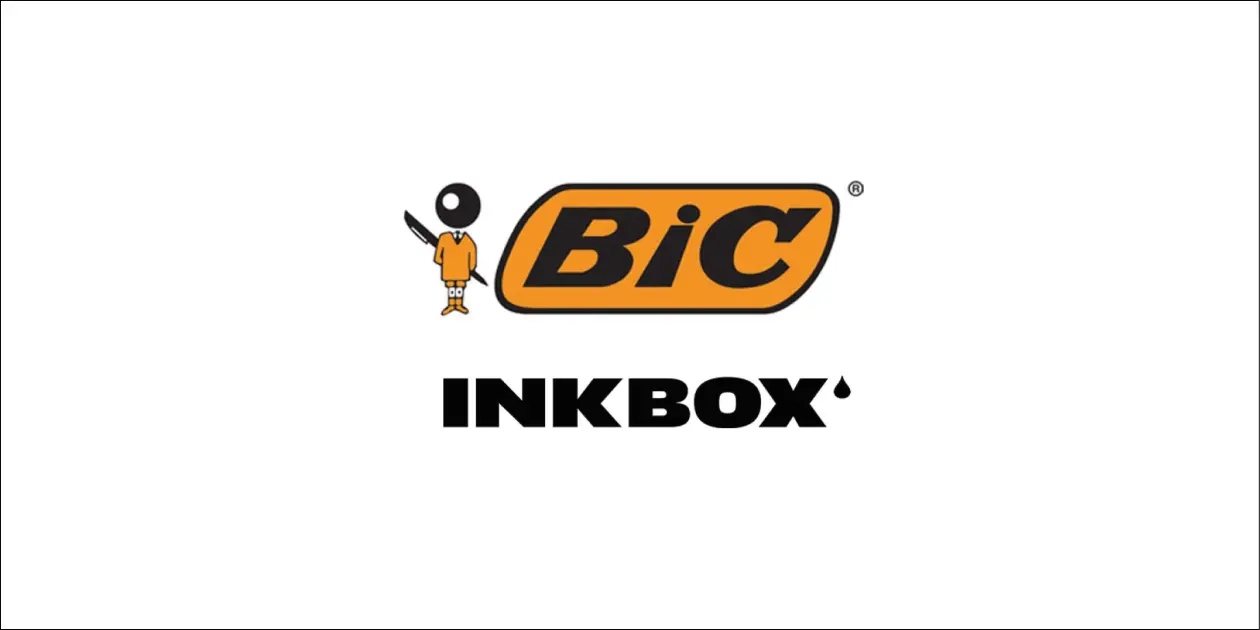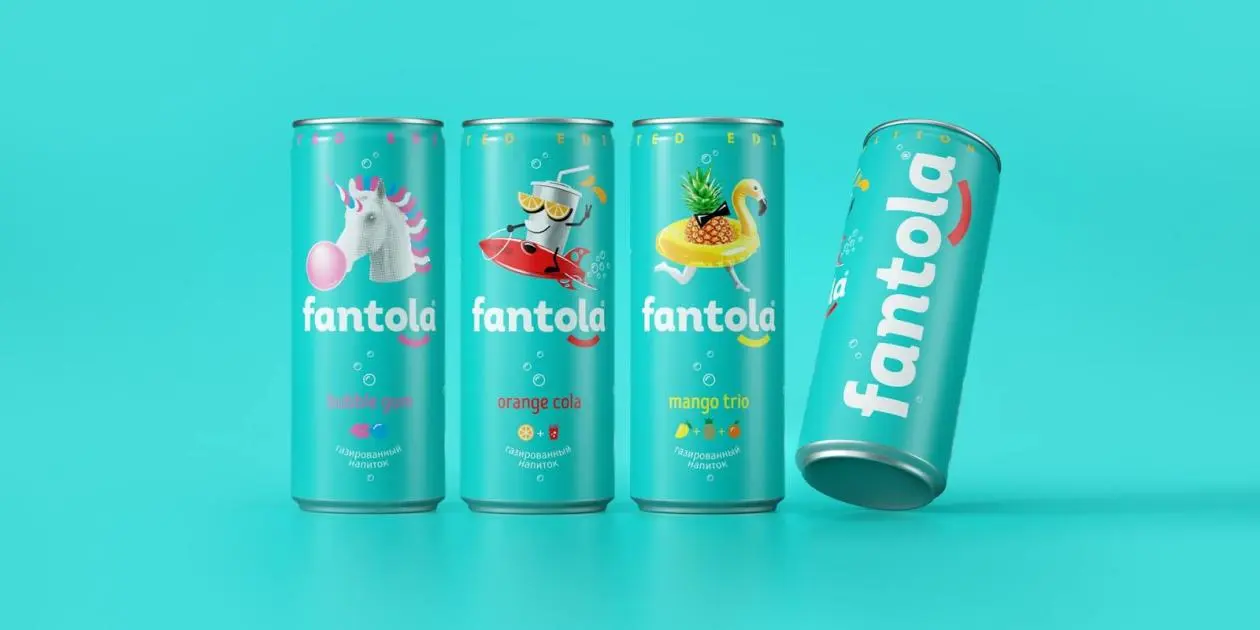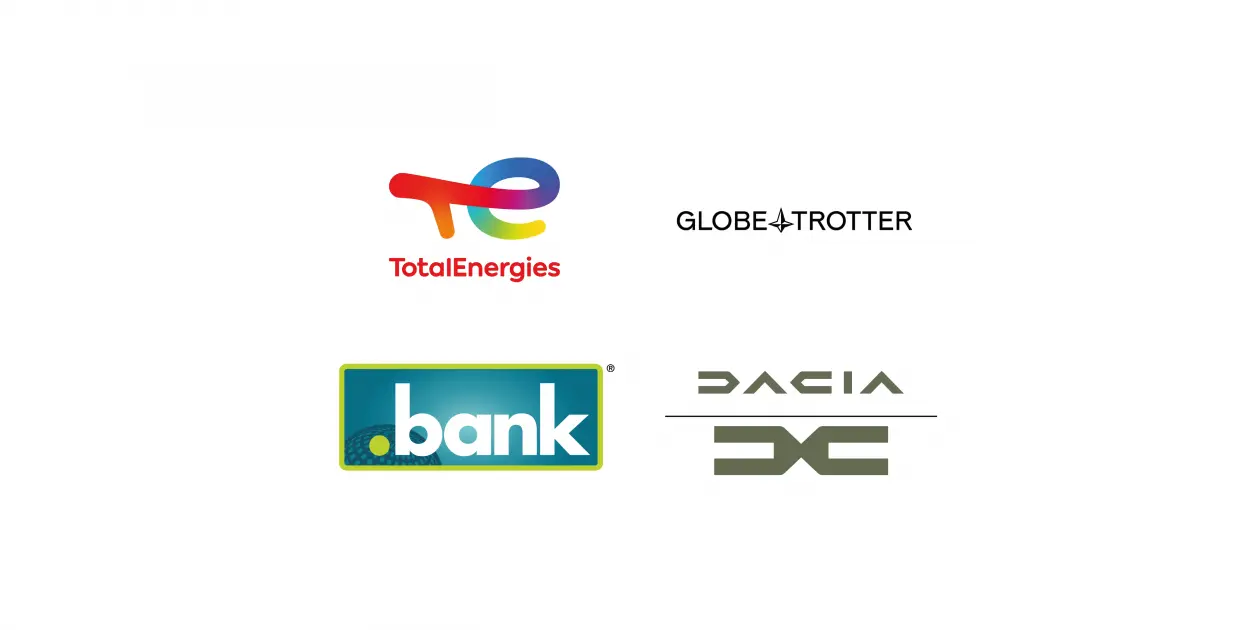Made in… or maybe not?
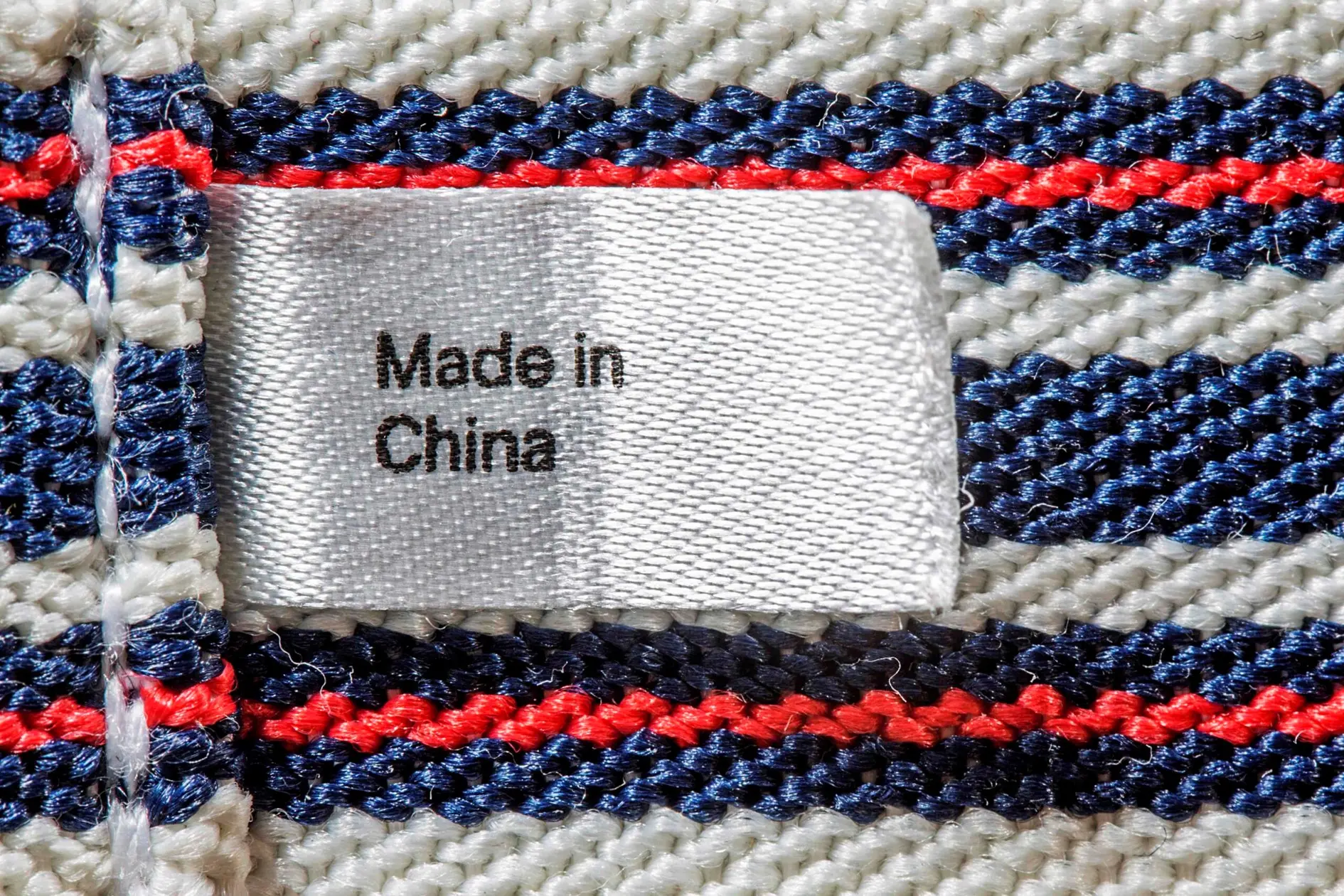

Brands are full of associations. A colour can radiate strength or evoke softness. A symbol can guide perception: the grape cluster in Caudalie refers to nature and authenticity. But associations don’t just arise from deliberate choices in logos, taglines, or packaging. Sometimes a brand is interpreted through the lens of its origin. In that case, the country itself becomes a carrier of meaning in the brand story.

Country as a shortcut in perception
A country triggers a set of expectations and clichés in consumers’ minds. Swiss stands for precision, French for luxury, Italian for flair, German for reliability, Japanese for technology. These are shortcuts embedded in our collective memory, regardless of today’s actual reality.
For brands, such an origin label can be a powerful catalyst: it adds an extra layer of meaning without needing constant explanation.
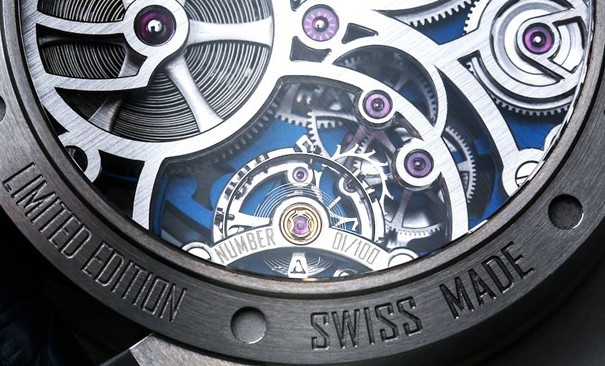
When origin convinces
Some brands make this mechanism their explicit strength. Barilla highlights its Italian roots in name, packaging and communication. Rolex consistently links its identity to Swiss craftsmanship and builds a universal quality label around it. Stella Artois strengthens its image by positioning itself internationally as Belgian beer.
And then there are brands that don’t actually come from Italy but cleverly exploit the association: Miracoli and Panzani deliberately chose Italian-sounding names and imagery, allowing them to ride the wave of authenticity linked to Italian cuisine and lifestyle.
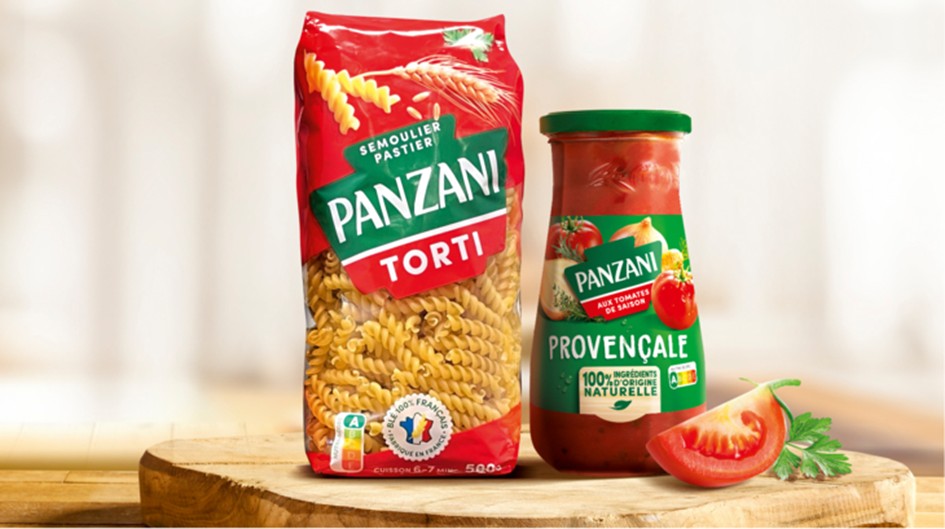
Shifts in perception
Yet these associations are not carved in stone. They shift with time and context. Where “Made in China” once was almost synonymous with low quality and mass production, the label is now increasingly accepted. Chinese brands have made big strides in technology and innovation, reshaping their image.
Take carmaker BYD, which has become one of the world’s largest producers of electric vehicles in just a few years. What once seemed unthinkable – a Chinese challenger rivaling Tesla – now proves that national associations don’t have to remain negative forever. The same happened with “Made in Japan”: in the 1950s associated with cheap copies, today a quality label for reliable cars and cutting-edge electronics. Country of origin is never static; it evolves with economics and culture.

When distance works better
Not every brand benefits from such a clear link. Sometimes a country label becomes too restrictive or even risky. Hugo Boss prefers not to emphasise its German roots and instead leans on Italian allure. Samsung positions itself as a global tech leader without highlighting its South Korean origins. And Volvo? It associates itself with Swedish values of safety and reliability, but always in a subtle way – origin is felt, but never the whole story.
More than a name
Country association doesn’t have to sit in the name alone. Symbols, colours and campaigns also play a role. Think of Milka’s purple cow, evoking the Swiss Alps and linking chocolate to purity and nature. Or Ricola, which in its campaigns uses Alpine imagery to suggest authenticity and freshness. In this way, brands anchor their identity through visual shortcuts – sometimes explicit, sometimes implicit, but always strategic.

The conscious choice
For companies, the question is not whether origin plays a role, but how strongly to highlight it. Sometimes it’s an obvious advantage. Sometimes it’s a constraint that hinders growth or repositioning. Strong brands make that choice consciously: do they fully embrace their country of origin, or do they build a brand universe that transcends borders?
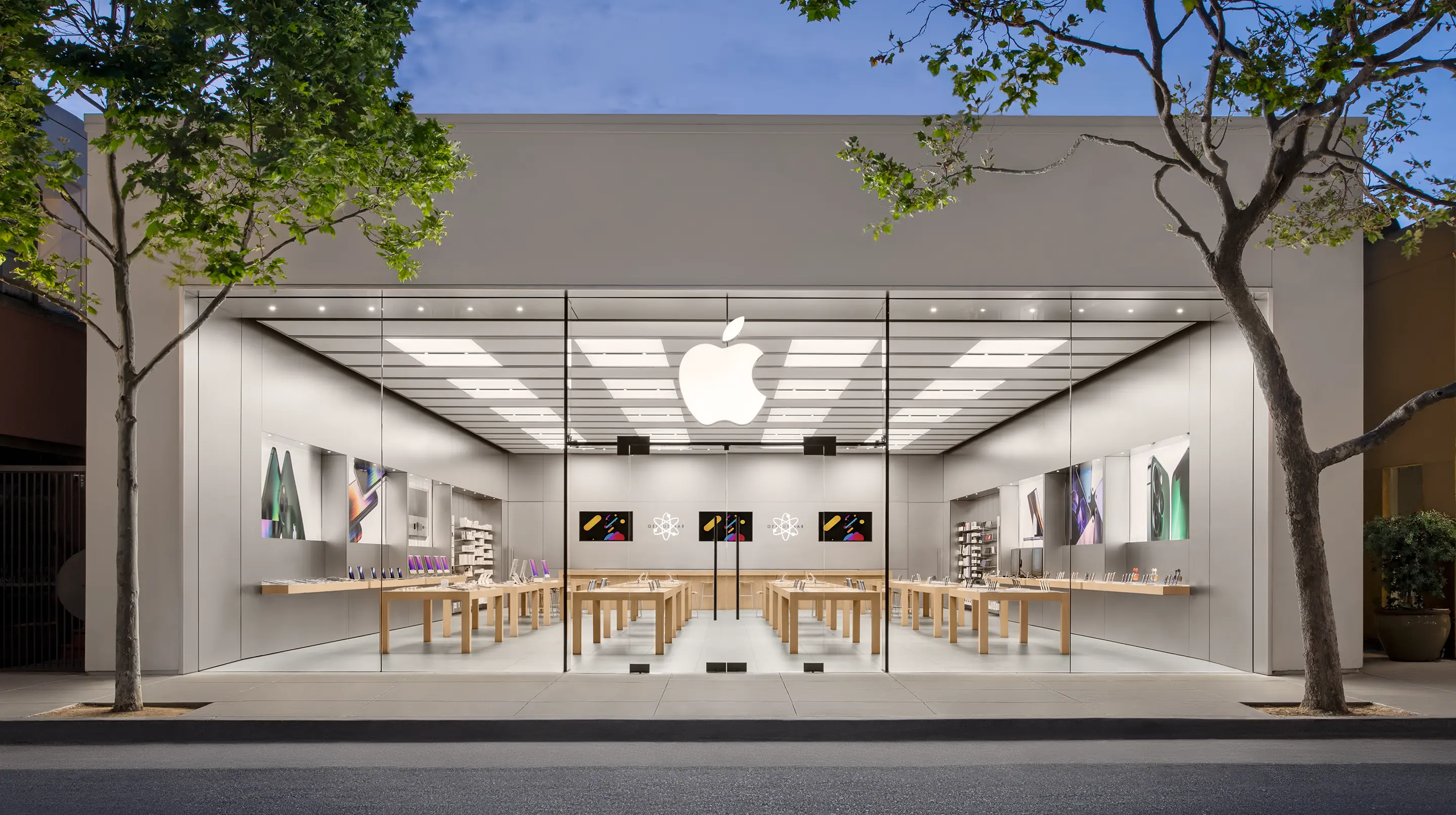
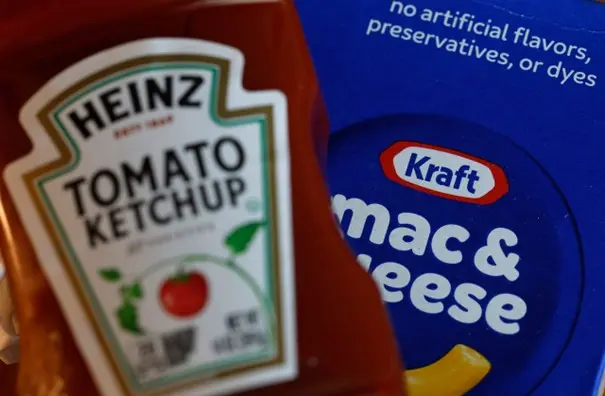
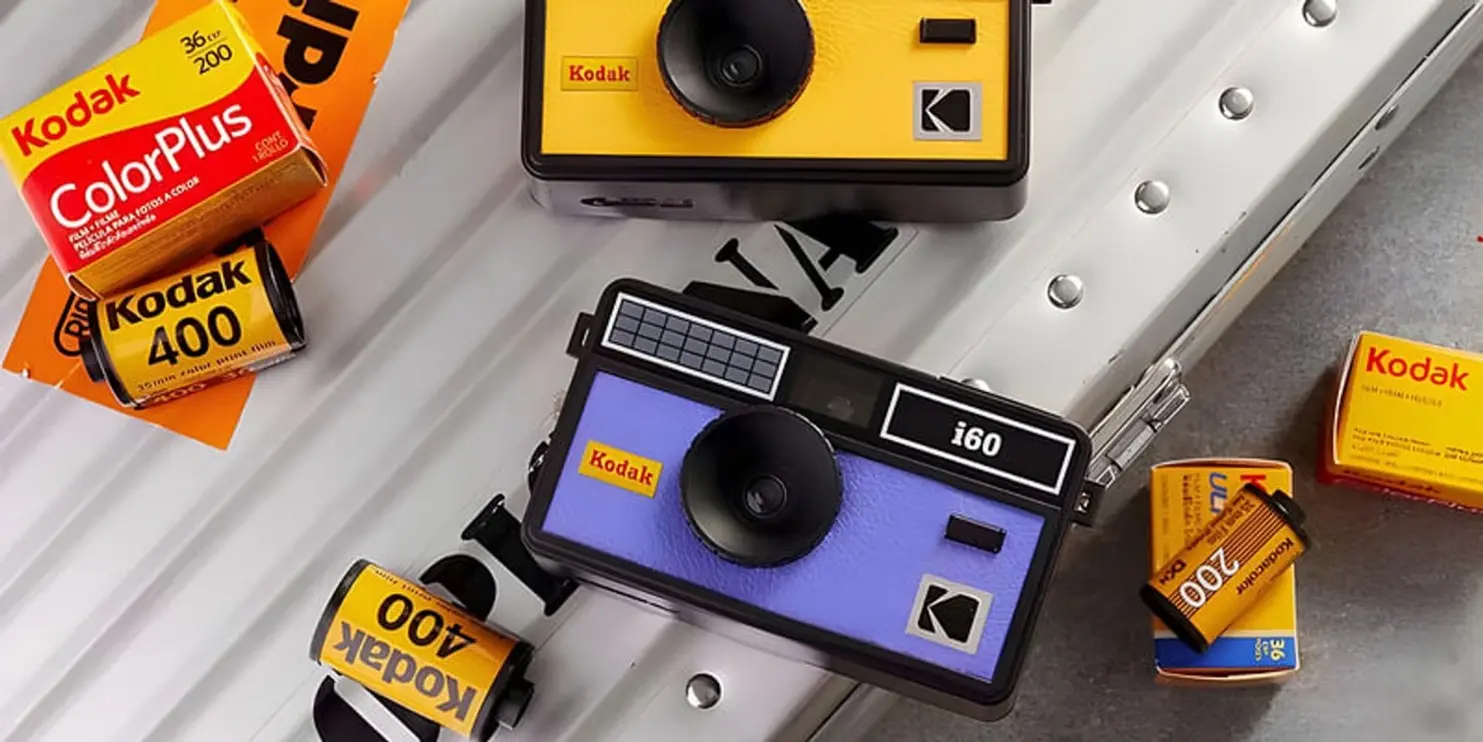

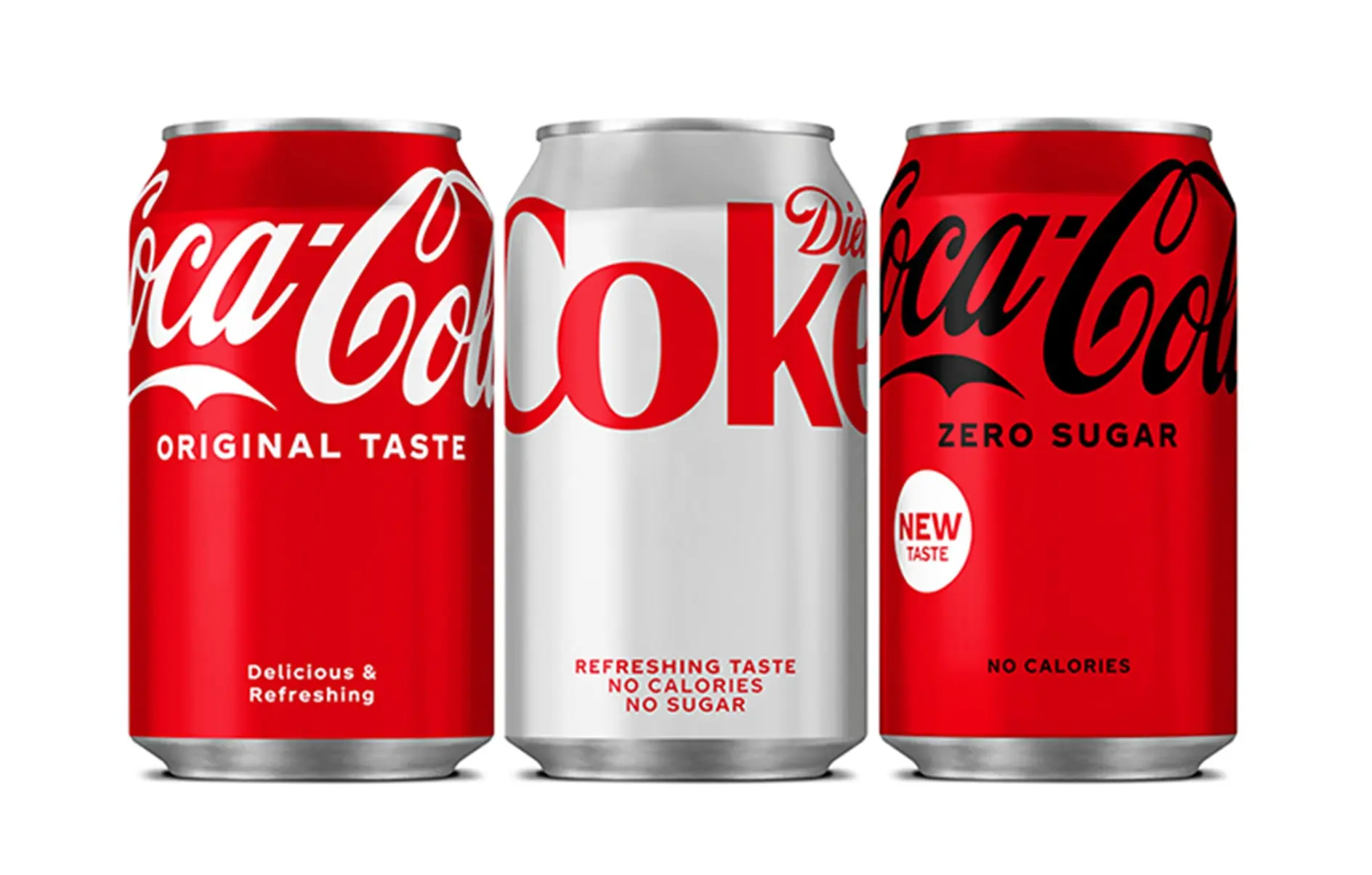





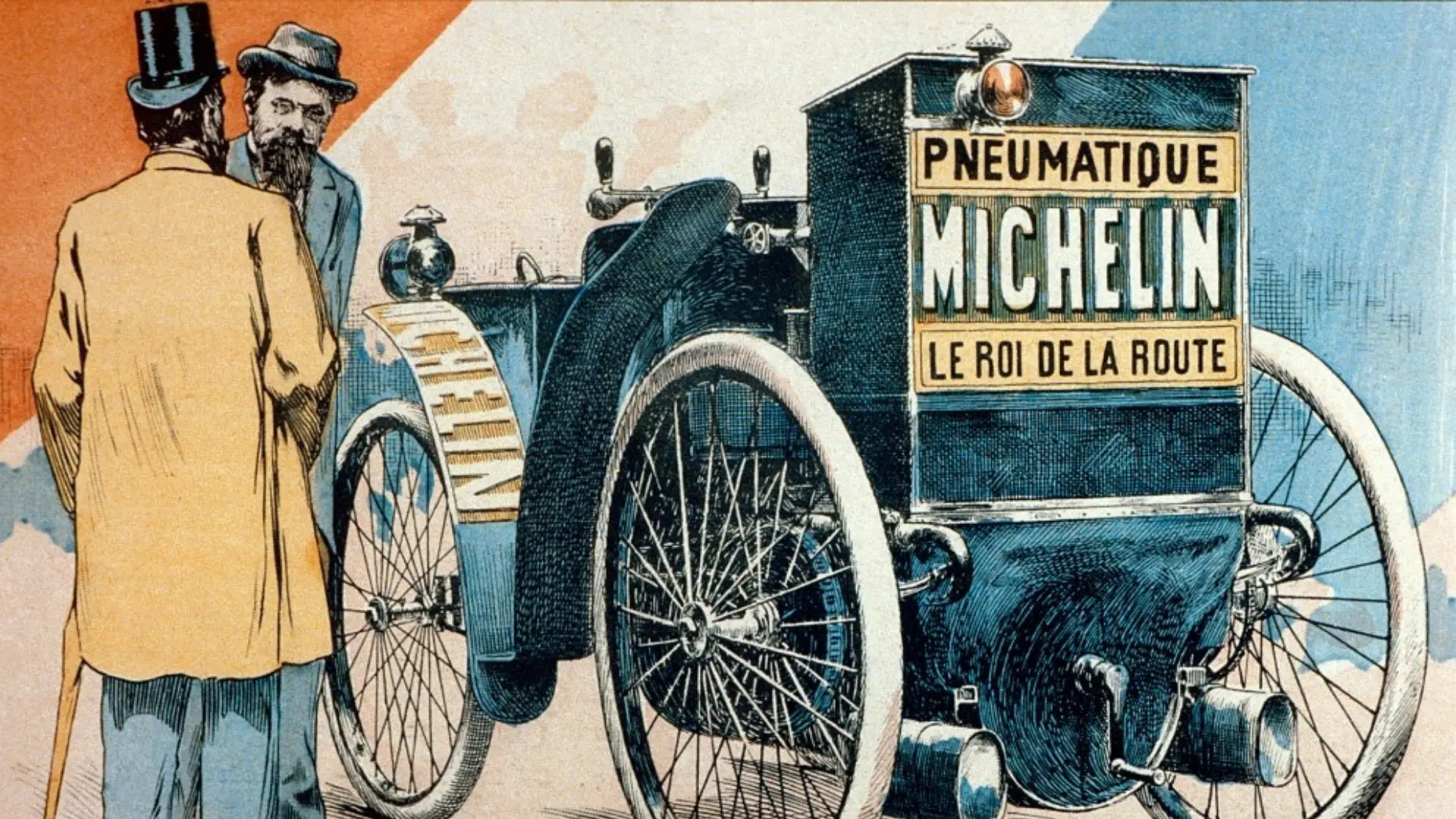









.webp)







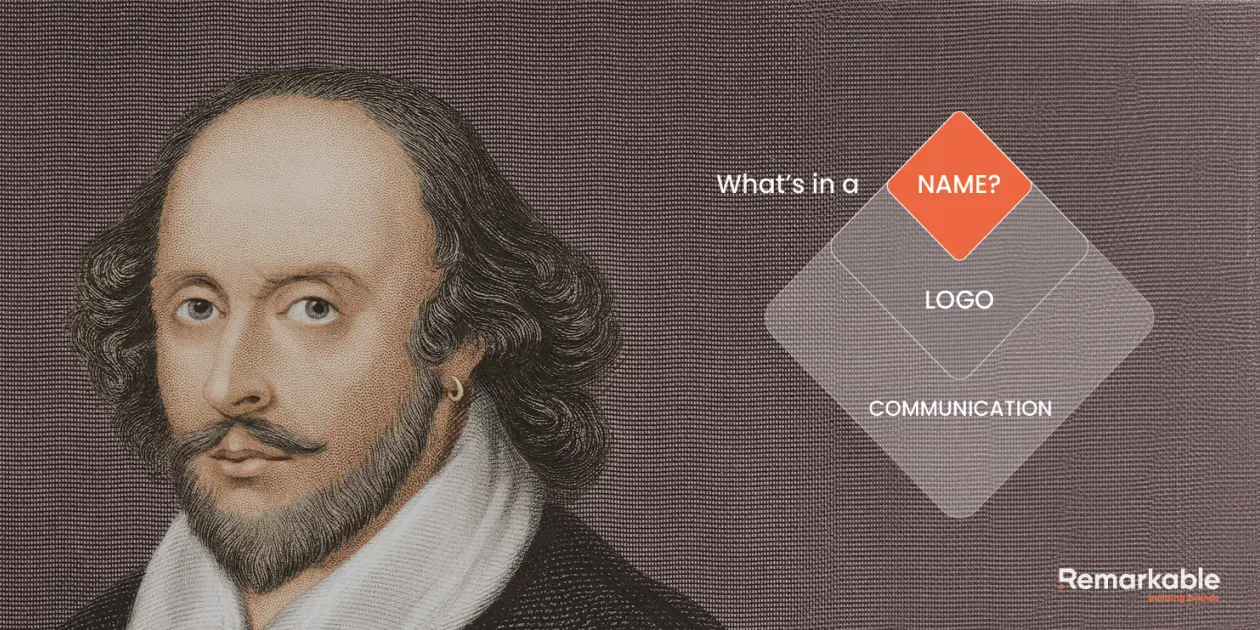


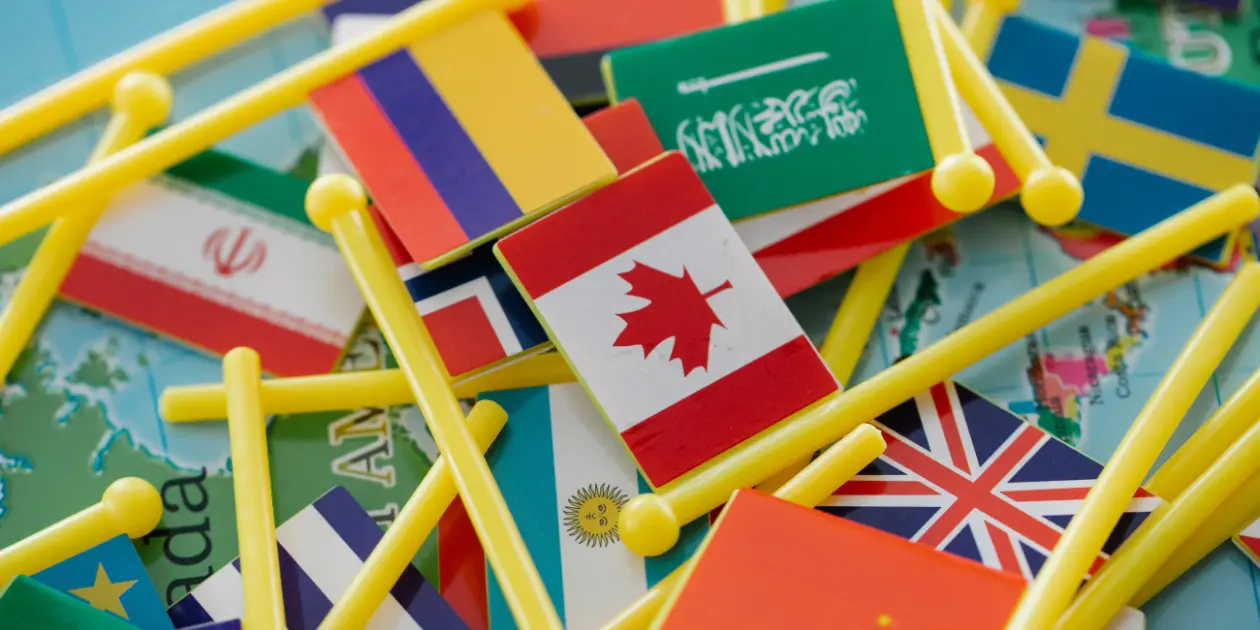
.webp)
.webp)


